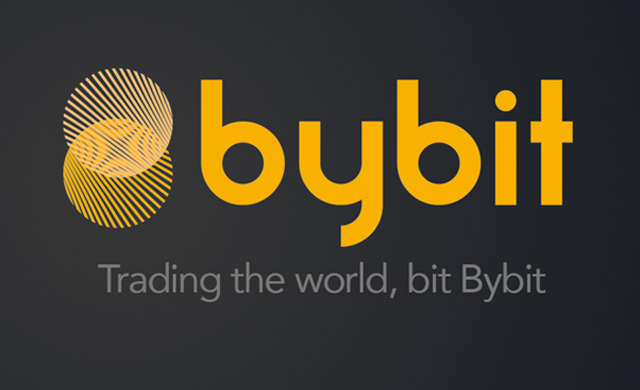Getting into trading does not have to mean buying dozens of shares or memorizing charts all day. With stock CFDs, you can trade the world’s biggest company names with just a few clicks and even start small.

But before jumping into the action, it is essential to understand how stock CFDs work and what makes them different from traditional stock trading. Here is a beginner-friendly guide by T4Trade experts about everything you need to know to get started.
What Is Stock CFD Trading?
A Contract for Difference (CFD) on a stock is a financial agreement between a trader and a broker. It allows you to speculate on a company’s share price without buying the stock itself.
Your goal is to predict whether the price will go up or down, and potentially acquire returns from the difference.
● Go long if you think the stock price will rise.
● Go short if you think it will fall.
How Stock CFDs Differ from Owning Shares
Unlike buying physical stocks, trading CFDs does not give you ownership rights, so you won’t receive dividends or voting rights. Instead, you are solely focused on price movement.
Another key difference is faster execution and easier access. Stock CFDs can be traded through platforms like T4Trade, which offer seamless access to global markets without the need to go through stock exchanges or custodians.
When trading stock CFDs, you do not need to pay the full value of the trade up front, thanks to something called leverage. For example, if you want to trade $1000 worth of Tesla shares with 20% s price movement.
This opens up opportunities for larger exposure with a smaller capital outlay, but remember that leverage can also amplify potential losses. Your earnings or losses are calculated based on the full trade value, not just your deposit, so always trade responsibly.
Key Tools – Spreads, Stops, and Limits
When you open a CFD trade, the spread is the difference between the buy and sell prices. The stock has to move past the spread in your favor before you can start seeing a profit.
Moreover, to manage the risks, there are options for stop orders and limit orders. A stop order will close your trade if the market moves against you by a certain amount, so you can control your losses. A limit order will lock in your profit when the market hits a good level.
Setting these up from the start can provide a clearer picture of your outcomes and stop emotional decision-making.
Monitoring and Closing Your CFD Trade
Once your position is open, you can monitor it in real-time using your trading platform. Most platforms show you your open positions, profit/loss in real-time, and a quick option to close your trade when you are ready.
The final profit or loss from a CFD trade is calculated by multiplying the price movement of the asset by the size of your position in dollars per point. Understanding this simple formula will help you evaluate each trade more clearly.
Final Thoughts
Trading stock CFDs allows you to access the price movements of global giants without owning the actual shares. It is a flexible, fast-paced form of trading that suits people who are comfortable with short-term opportunities and managing risk.
T4Trade offers a secure, feature-rich platform, multiple account options, and access to global markets to help you trade CFDs with confidence.
Risk Warning
All trading involves risk. It is possible to lose all your capital. You should consider whether you can afford to take the high risk of losing your money.


 Hot Features
Hot Features













